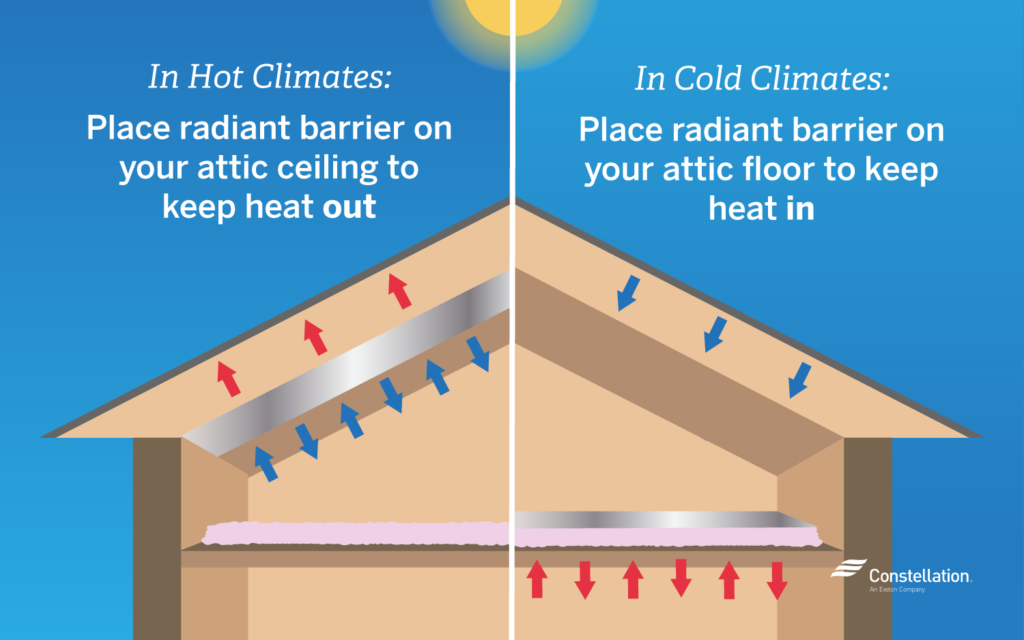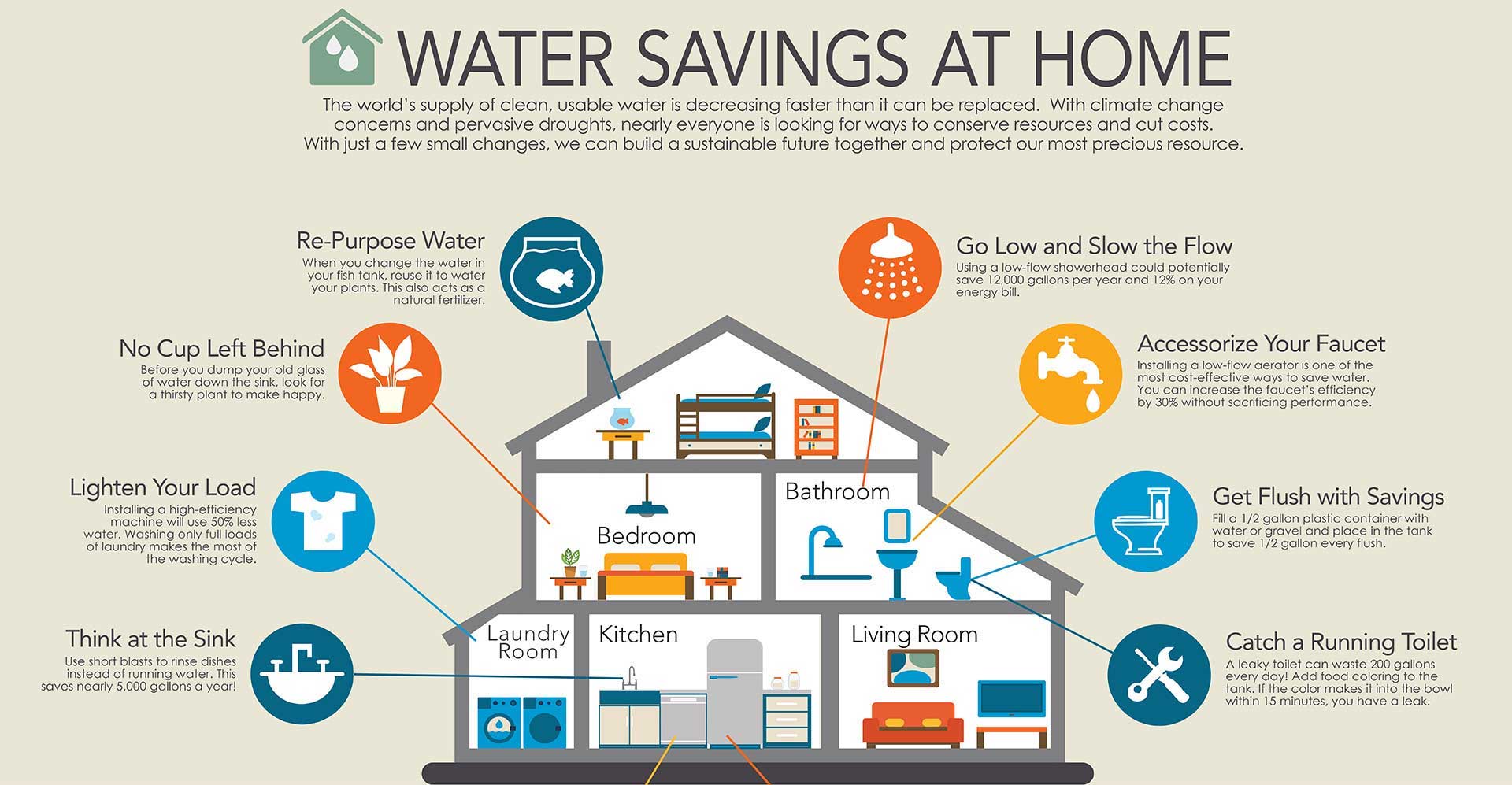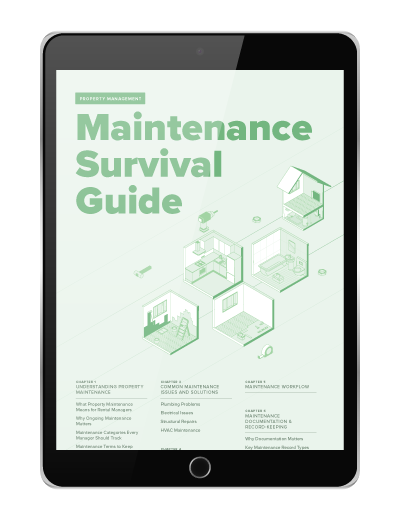There are so many reasons to focus on limiting the environmental impact of the properties you manage, and counseling your owners on energy- and profit-conscious upgrades. And there’s a lot out there to learn from (like green buildings) in pursuing eco-friendly property management.
Start your free trial today!
Try Buildium for free for 14 days. No credit card needed.
Start Your TrialGreen building management describes not only retrofitting or building properties that are environmentally-friendly, but also managing properties that were sustainably built to benefit both the environment and the health of residents.
Green buildings have a number of benefits, including:
- An asset value increase of 10 percent or more.
- 20 percent lower maintenance costs in LEED-certified buildings
- Increased market value for rental units
According to the National Renewable Energy Laboratory (NREL), residential and commercial buildings account for almost 40 percent of U.S. energy use. But owners and property managers can reduce the carbon footprint of their properties by choosing energy-efficient appliances and tech, renovating with sustainable resources, and even moving property management processes online.
But the benefits of green building management don’t stop there. Whether or not you manage a LEED-certified building, there’s still a lot you can do to support eco-friendly systems throughout your portfolio. In this green building guide, we’ll talk about how to implement green building management practices to reduce your carbon footprint, improve the health and wellbeing of your residents, and save your owners money.
#1: Lighting
When it comes to being green, lighting is a low-effort change with a high impact.
Bulbs
Different bulbs operate at varying levels of efficiency. Traditional incandescent bulbs are the least energy-efficient, and are no longer manufactured in the U.S. There are many different types of energy-efficient bulbs, but three—LED, CFL, and halogen—are most often used in commercial and residential buildings.
Light-Emitting Diode (LED) Bulbs: LED bulbs use 20 to 25 percent of the energy incandescent bulbs use, and last 15 to 25 times longer. They use 25 to 30 percent of the energy halogens use and last between 8 and 25 times longer. While they are the most expensive choice, their energy efficiency and lasting power make them worth the up-front cost.
Compact Fluorescent (CFL) Bulbs: A CFL is simply a fluorescent light made smaller. It uses a quarter of the energy an incandescent bulb uses and lasts up to 10 times longer.
Halogen Bulbs: Of the three most popular bulbs, halogens are the least energy-efficient. But they can be used in fixtures with dimmer switches.
Smart Lights
To maximize the efficiency of your lights, consider installing smart bulbs and lighting fixtures both inside and outside your properties. Smart lights can be controlled by an app, so residents can turn off those lights they left on from anywhere. You can program them to turn on and off at certain times of the day, which makes it easy to set up outdoor lighting for seasonal time changes. Or they can be connected to a motion sensor, so lights in common areas such as laundry rooms only turn on when someone enters the room. The downside? They can be pricey, but there are also other ways to do it without going headfirst into smart lights. Sometimes lights with motion sensors will do the trick—especially if the space is more for a utility space.
#2: Roofing/Exterior

Source: Constellation.com
Obviously, you know that the roof is an essential element in properly insulating your buildings. But did you know you can also use the roof to shrink your carbon footprint? Here are a few ideas to help you get started.
Green Attic
Properly insulating attics is one of the easiest ways to lower utility bills. To make sure your properties’ attics have enough insulation, you need insulation with the correct R-value, or resistance to heat flow. Energy.gov can help you find the correct R-value for your climate and property. To make your properties extra green, look for insulation made from recycled materials. When you’re done with your installation, make sure access points to the attic are properly sealed; large volumes of heat and air can easily escape through holes. Many states also have programs where you can get significant tax rebates and financing for insulating your owners’ property more efficiently so be sure to into what’s available.
Green Roofs
Because dark roofs absorb more heat from the sun, they may ultimately increase interior cooling costs in the summer. Consider installing light-colored materials on your roofs, which will deflect the sun and lower cooling bills.
In multi-family buildings with larger roofs, rooftop gardens are a great way to provide an extra level of insulation for the building, while creating a community space for your residents.
#3: Appliances
Since 1992, the ENERGY STAR program has helped consumers save more than $362 billion on utility costs, and 2.5 billion tons of greenhouse gases with Energy Star-certified appliances, building materials, and educational materials.
Appliances are another easy way to save money on utility bills. Swapping out refrigerators, dishwashers, laundry machines, and air conditioners with energy-efficient models can save you and your residents money.
Refrigerators
If you want to see how much your old refrigerators are costing you, check out ENERGY STAR’s Flip Your Fridge Calculator.
ENERGY STAR-certified refrigerators are about 9 percent more efficient than refrigerators that meet the minimum federal requirements for energy efficiency. You may also find that you can apply for tax rebates for buying and installing these energy-efficient refrigerators.
If you do decide to upgrade appliances, don’t just throw the old fridges away. Recycle them, instead.
To save energy once the refrigerator is installed, set the temperature to about 40 degrees Fahrenheit, which will keep food at a safe temperature without draining excess resources.
Dishwashers
How old are the dishwashers in your rental properties? If they’re more than 20 years old, they could be wasting an extra 10 gallons of water in every cycle.
Again, you can recycle an older dishwasher, and replace it with an ENERGY STAR-certified appliance. New dishwashers are more efficient for a number of reasons, including rack designs that make for cleaner dishes with less water. In fact, with most new units, dishes don’t even need to be rinsed first (which can save up to 55,000 gallons of water).
Once installed, remind residents to:
- Fully load the dishwasher before each cycle
- Turn off the heated dry cycle (air drying is fine)
- Use natural, biodegradable detergents
- Set the timer to run the dishwasher during off-peak times (overnight, usually)
Washers and Dryers
The average American family washes about 300 loads annually. So, imagine if you could replace your washers and dryers with units that save 25% on electricity costs, and use 30% less water?
And don’t forget, you can recycle old washers and dryers, as well.
Once installed, remind residents to:
- Wash with cold water
- Run full cycles only
- Clean the dryer’s lint filter between every load
- Line dry laundry whenever possible. If there’s no outdoor space for a clothesline, indoor drying racks cost less than $20.
#4: Sustainable Flooring
Sustainable flooring and carpeting are better for you, your residents, and Mother Nature. Compare the choices, including recyclable, recycled, and eco-friendly hardwood, laminate, and carpeting.
Depending on the part of the country you’re in, different types of flooring are major selling points. Hardwood is usually a popular choice because it’s easy to keep clean and wears well. These days, you can find a lot of eco-friendly hardwood, engineered hardwood, cork, bamboo, and laminate options that are recycled and don’t harm limited natural resources.
Look for materials that are certified by the Forest Stewardship Council (FSC) or the American Tree Farm System (ATFS), which indicate that the materials are sustainably sourced.
The chemicals used in carpet manufacturing are harmful to the environment and can even cause health problems for residents. If you prefer to lay down carpet, wool or hemp carpeting have a minimal impact on the environment, and can be recycled for many generations. Look for certification from the Carpet and Rug Institute (CRI) to improve the ecological effects of carpeting.
#5: Insulation
Earlier, we discussed the right insulation for attics, but there are many other places, such as walls, floors, and vents, from where heat can escape. Every property has different insulation needs, depending on its architecture, size, and location. The EPA provides a handy guide on where you should insulate a typical home.
Insulation is measured in R-values, and the level of insulation you need is directly related to the climate in which you live. In a cold climate, such as Alaska, your insulation’s R-value will be quite high; in areas such as southern Florida, lower R-Value insulation will suffice.

Source: Energystar.gov
And although you may be meticulous with insulation when you’re installing it, the key to making it last is proper maintenance. For example, a leaky roof will hurt your energy bills, and may even damage your insulation. Be proactive and make repairs to any damages (from weather or wear), as soon as you notice them.
#6: HVAC
Heating, ventilation, and air-conditioning systems (HVAC), which keep interiors at a comfortable temperature year-round, also filter the air that flows through the ventilation system to keep it healthy and clean. For buildings in harsher climates (cold or hot), functional, clean HVAC systems are essential.
There are many ENERGY STAR-certified HVAC systems, but even the most efficient heating and cooling systems need proper maintenance. Filters should be changed regularly (seasonally or annually), maintenance should be performed annually, and it’s a good idea to provide programmable thermostats for each unit.
Smart thermostats can also help lower energy costs by allowing residents to program their HVAC system to heat and cool the house only when they’re home and awake. Some smart thermostats, such as NEST can be programmed to heat and cool specific zones within a unit.
#7: Windows
When shopping for new windows, you’ll want to look for efficiency certifications. such as ENERGY STAR. You’ll also want to be sure you choose the right type of window for specific locations in your building or home.
For example, in a colder climate, you may want south-facing windows that allow the sun’s warmth into the property. In a warmer climate, you’ll want windows that reflect the sun’s rays, instead. But those are just the basics.
Proper maintenance is essential for ensuring that windows provide the right level of insulation for years to come. Look for cracks in the glass and framework, and remind residents to close and lock their windows when running the heat or AC. Older buildings may have storm windows that need to go up in the winter months, or you can provide interior plastic wrap for residents to use when the temperatures drop.
Insulating and light-blocking curtains, blinds, and shades can also improve efficiency.
#8: Foundation/Site
Just as heat can escape through the roof, siding, and windows, it can also escape through the foundation. It’s essential to insulate the foundation from air and moisture, too.
Some materials are naturally more efficient and eco-friendlier than others, including plywood and aluminum. These materials may be more expensive up front, but they pay for themselves in energy savings. Use insulated concrete to form foundation walls.
Water can weaken and damage a foundation significantly if not properly irrigated. A perimeter drain at the bottom of the foundation funnels water away from the building to keep it dry and strong.
Prevent moisture and mold growth in basements by insulating the inside and the outside of the foundation. You can insulate the inside of a basement after it is constructed, but it’s more efficient to insulate the outside when building the property.
#9: Water Fixtures/Faucets
Even in the last 20 years, toilet and faucet manufacturers have made huge strides in water conservation.
For example, toilets installed before 1992 may use up to 7 gallons per flush. WaterSense toilets, on the other hand, can reduce water usage by 20 to 60 percent. There are several different options when shopping for new toilets for your properties:
- Low-flow toilets, which simply use less water per flush (these are the most common)
- Dual-flush toilets, which allow the user to select a level of flush that depends on his or her use
- Automatic sensor toilets, which use electricity to determine the amount of water needed per flush
You can also find WaterSense-certified faucets and shower heads.
Then, remind residents to turn faucets off when they’re not in use (especially while brushing teeth, washing dishes, or cleaning), and to take shorter showers.
You can also turn the temperature down on water heaters to conserve energy.
For multi-family properties and HOAs, consider motion-sensor faucets for public bathrooms. Not only are they more hygienic, but they use less water by turning on only when they’re needed and turning off right away.

Source: City of Spokane, Public Works
#10: Renewable Energy
According to the U.S. Energy Information Administration, only 12 percent of the energy used in 2020 was from renewable sources.
Consider buying your energy from renewable resources, such as windmills, or installing solar panels on your properties.
Installing solar panels can be costly (upwards of $25,000 depending on how many panels you need), but many utility companies provide incentives to offset the cost. This may include a 50% subsidy off the cost, or net metering, which allows meters to spin backwards as you create electricity with solar panels.
Green building management has a lot of benefits for you, your residents, and your owners. It can lower costs for owners and residents, improve the health of residents, and grow your reputation as an environmentally conscious property management company.
You may even qualify for LEED Certification, which can lead to tax incentives and grants for you or your owners.
Getting Residents to Follow Suit
Let’s say you make all the upgrades you can to your properties. Well, your work still isn’t done. Making sure that your residents use the new technology correctly is also part of what you’ll need to do. Along these lines, communication is critical from the start. Make sure you provide all of the information around appliances and energy usage in your welcome package. Furthermore, you can make all of this information available to your residents through a resident portal. Lastly, be sure to monitor your utility bills for any irregularities. Sometimes it may be that a resident is overusing a service and other times a system or an appliance may even be broken.
It’s true: Going green is first and foremost about reducing your properties’ and residents’ impact on the environment, but it will also save everyone involved money that’s literally flying or trickling out of the building every day.
Read more on Maintenance

